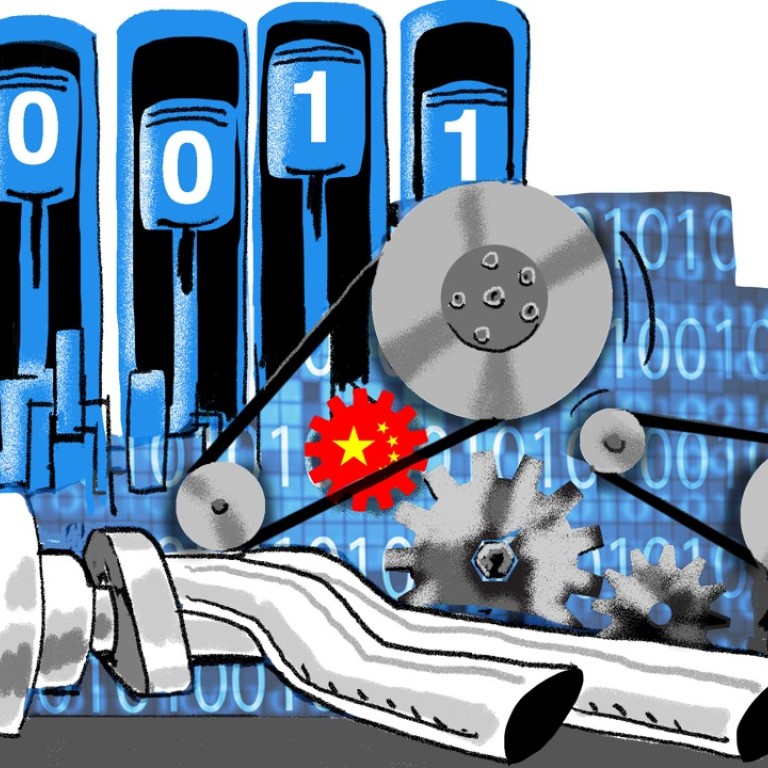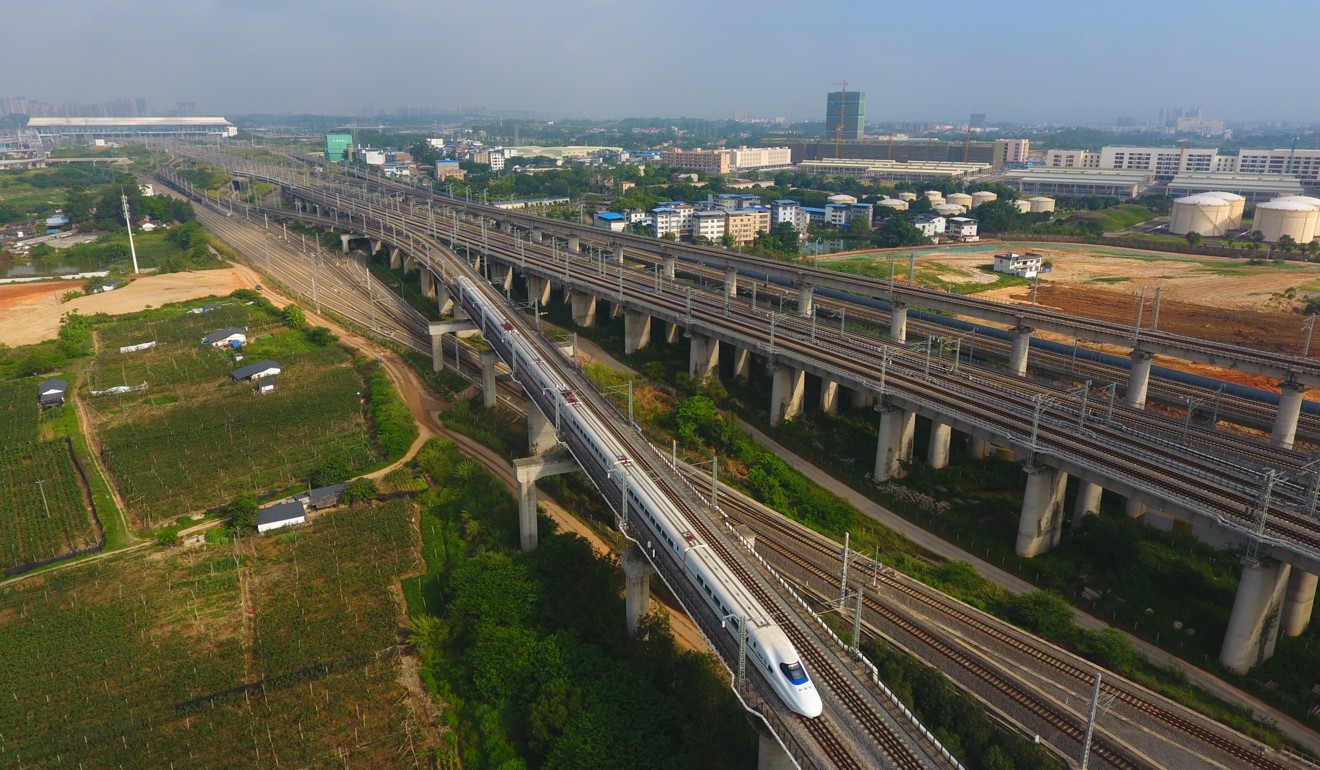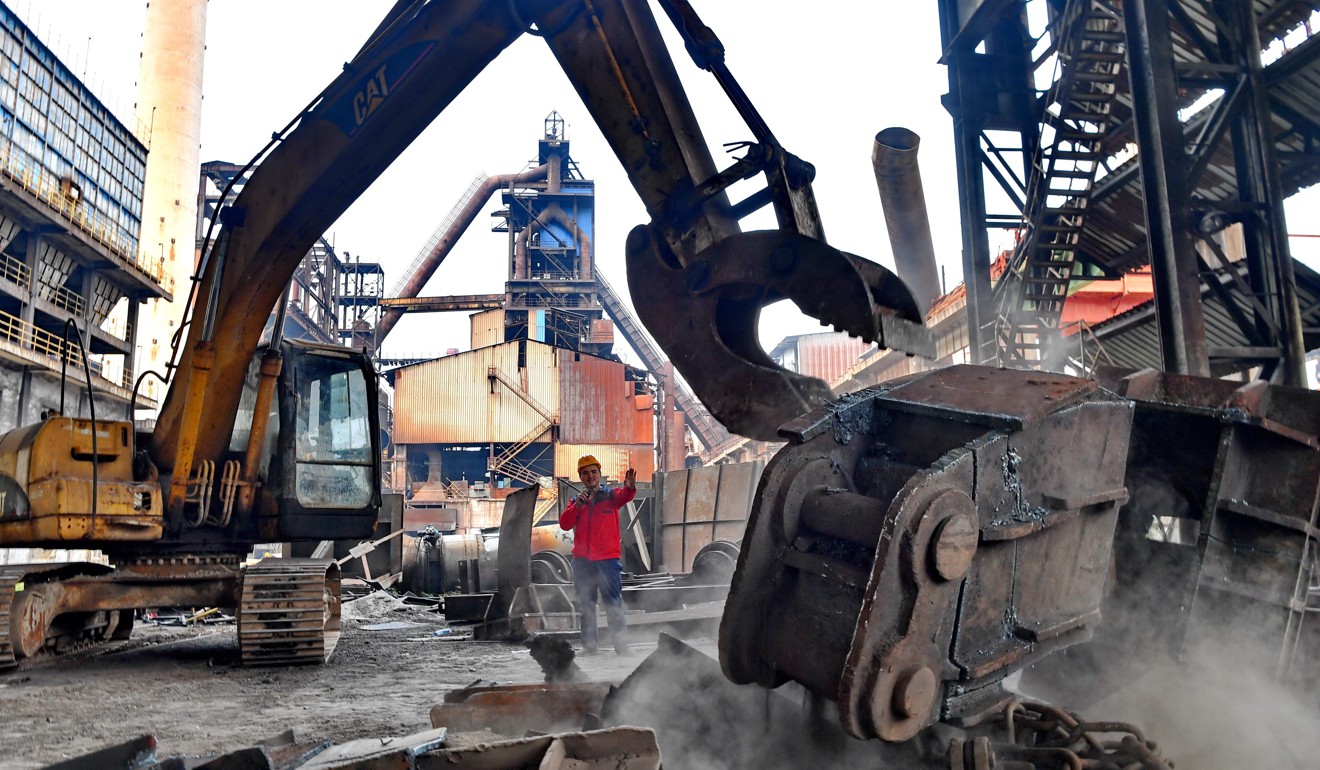
Relax, America: state policies like ‘Made in China 2025’ aren’t drivers of China’s progress in technology
Fred Hu says China may love drawing up industrial policies, but the evidence shows their effectiveness is questionable. So the US fear of China’s strategy of hi-tech development is misplaced – its quarrel lies elsewhere
Watch: What’s the beef with ‘Made in China 2025’ strategy?
Both America and East Asia relied on technological imitation and, sometimes, privacy during the catch-up phase of their economic development.
As long as China refrains from protectionist measures that may restrict trade and put foreign companies at a disadvantage, Washington has no reason to fear China’s emergence as a successful innovator. Unfortunately, American trade officials have misunderstood and overreacted to Made in China 2025.
In singling out Made in China 2025 for strident criticism, Washington may have given too much credit to state power in driving technological progress. If industrial policy has ever succeeded in China, it is in the public infrastructure arena, notably, the vast network of high-speed railways. Elsewhere, there is precious little to show.

A string of state-backed semiconductor ventures has failed, dashing the high hopes of China’s policy planners. China continues to import virtually all its semiconductors and most of its computer software, predominantly from the US.
China’s penchant for drawing up industrial policies is real. After all, the country has struggled to shed its legacy of central planning. But mounting evidence suggests that, contrary to proponents’ claims, its industrial policies have hardly had any significant impact on the efficiencies and international competitiveness of the Chinese economy overall.
Industries and companies that have been heavily influenced by industrial policies remain the most inefficient – think of China’s state-owned coal mines or steel mills – while those globally competitive manufacturers and exporters in China are mostly private or foreign-invested enterprises. Overcapacity in steel and aluminium is precisely an outcome of incompetent industrial planning.

If industrial policy has failed to work its magic for the state-owned sector, how could it have possibly worked for the private sector?
Nonetheless, most economists, including myself and those at the International Monetary Fund and World Bank, view China’s state sector as the weakest link in the otherwise healthy Chinese economy, a serious drag on productivity growth, and a threat to the stability of China’s financial system.
If industrial policy has failed to work its magic for the state-owned sector, how could it have possibly worked for the private sector? Not a chance. While the threat of tighter regulations or a tax audit might easily kill off a unicorn, no industrial policy, however intelligently designed, has ever created a true national champion.
True, China has made strides in technological innovation over the past decade, slowly shedding its long-standing image of a copycat. But it is far-fetched to attribute the country’s recent technological progress to the Chinese state’s magical power.
Watch: What makes Tencent such a tech goliath?
But these companies also share a salient feature – their chosen business lines were non-existent prior to their launch, that is, no state-owned companies stood in the way as the powerful incumbent, nor were there existing archaic regulations and policies erecting formidable entry barriers facing the start-ups.
China’s tech entrepreneurs had the freedom to build from scratch a new economy spanning from web search to e-commerce. Otherwise, the tentacles of the giant state sector would have choked the start-ups to death long before they had a chance to become unicorns.
In the current trade negotiations, the US (and China) would be better off addressing legitimate concerns over barriers to market access and structural problems that discriminate against private enterprises and foreign companies. Washington’s obsession with China’s industrial policy is an unproductive distraction, to say the least, and will do little to put the bilateral economic relationship back on the right track.
Fred Hu is a Chinese economist and chairman of Primavera Capital Group

